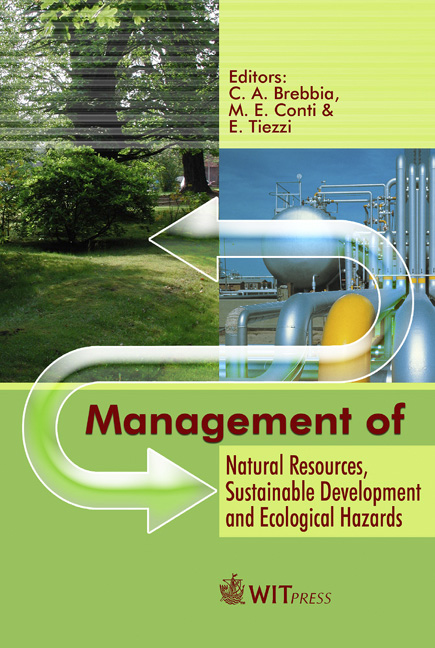Architecture For Humanity: Sharing The Experience Of MERCY Malaysia Core House Project In Banda Aceh, Indonesia
Price
Free (open access)
Transaction
Volume
99
Pages
10
Published
2006
Size
2,991 kb
Paper DOI
10.2495/RAV060401
Copyright
WIT Press
Author(s)
S. S. Zubir, H. Amirrol & N. A. Samah
Abstract
The 26 December 2004 tsunami that devastated many coastal regions of the Indian Ocean has prompted many Government and Non-Government Agencies to look into alternative ways in responding to emergency relief efforts. One way is to adopt traditional methods of construction in order to generate an affordable and sustainable built-environment. The intent of this paper is to delineate the learning experiences from MERCY Malaysia Core Project in providing shelter for the Internally Displaced Persons (IDP) affected by the disaster. This paper focuses on three issues that MERCY took into consideration in formulating a workable praxis to the problems of mass housing in the disaster area. The first was by critically examining the social, cultural and economic factors that were directly connected before the intervention. The second was to establish the most appropriate anti-seismic technology in the construction systems and the third was to generate a design concept that incorporates the above-mentioned issues into a workable solution. Conducting this brief evaluation on the completed batch of the core housing project of MERCY enabled us to rectify future shortcomings and to improve relief efforts succinctly to a particular locality. Keywords: disaster, humanity, community, social and cultural impact, temporary shelter, anti-seismic, low technology, rehabilitation, reconstruction. 1 Introduction A sudden change in the life of tsunami survivors in Aceh (Fig. 1) has forced NGOs and particularly architects to come up with ideas that would help reorganize and redirect their lives towards the norm of humanity. Suddenly
Keywords
disaster, humanity, community, social and cultural impact, temporary shelter, anti-seismic, low technology, rehabilitation, reconstruction.





